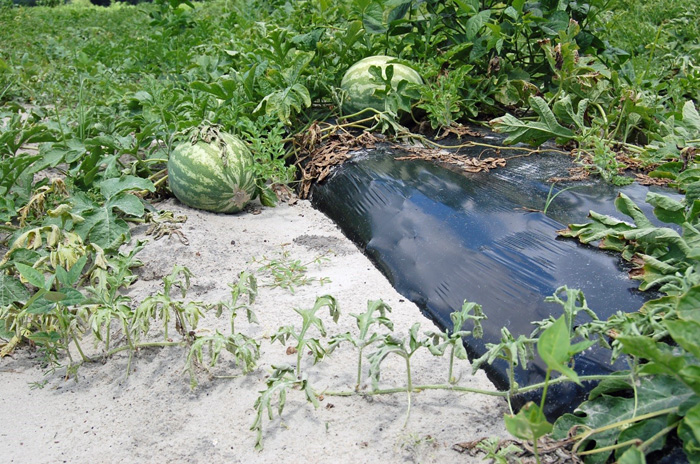
by Nicholas Dufault | Nov 17, 2017
Fusarium wilt is caused by the soil borne fungus Fusarium oxysporum, which continues to be a problem for many Florida watermelon producers. Management of this devastating disease requires an integrated approach that combines conventional and novel techniques. Site...
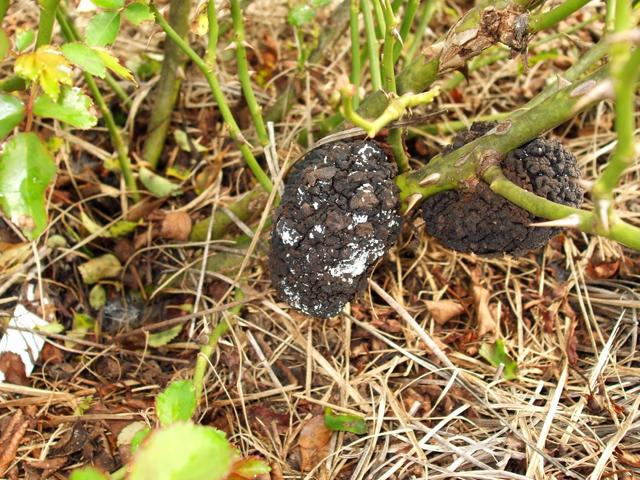
by Mathews Paret | Oct 20, 2017
Kamil Duman, Susannah Wright, Fanny Iriarte, Barron Riddle, Gary Knox and Mathews Paret, University of Florida – NFREC, Quincy, FL For rose nurseries, and commercial landscapers, each of the many rose diseases are as important as the others. Crown Gall,...
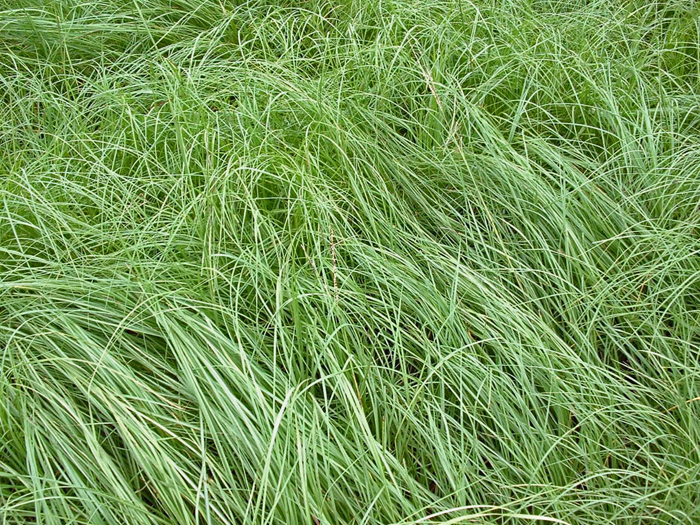
by Ann Blount | Oct 13, 2017
Ann Blount, Sunny Liao, Florencia Marcon and Cheryl Mackowiak, UF/IFAS North Florida Research and Education Center “What is an Endophyte and why are they in my grass pastures?” may be a question that cattlemen in Florida have never asked before, but they are starting...
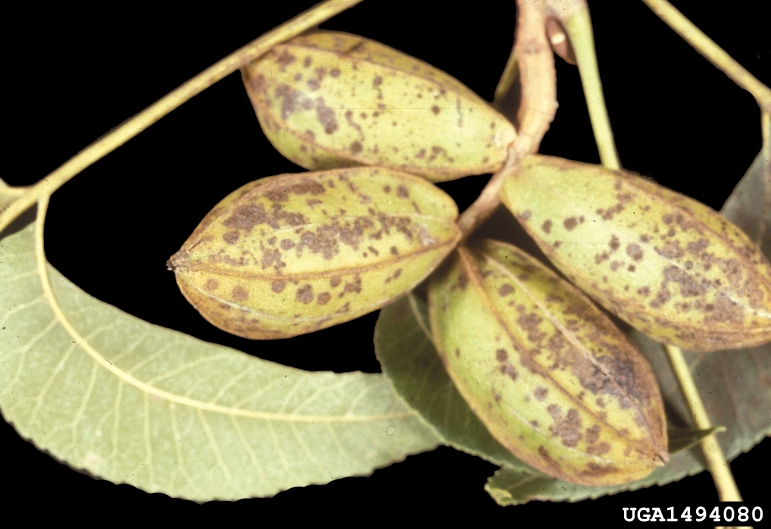
by Blake Thaxton | Sep 22, 2017
Pecans are grown throughout the Panhandle of Florida. The western side of the Panhandle tends to be acreage dedicated to home gardeners, while the eastern counties have more commercial acreage. Regardless, many in the agriculture community are interested in pecans,...
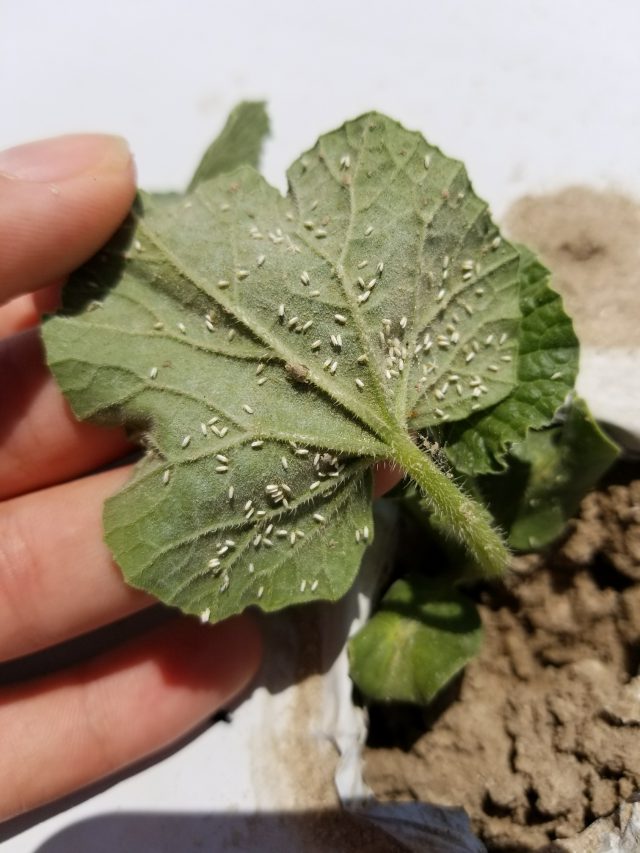
by Josh Freeman | Sep 15, 2017
As if the fall season wasn’t challenging enough from a pest and disease perspective, throw in a hurricane and it gets much worse. Luckily, the storm missed most of the Panhandle. Tomato and cucurbit producing areas in Gadsden and Jackson counties likely saw the...
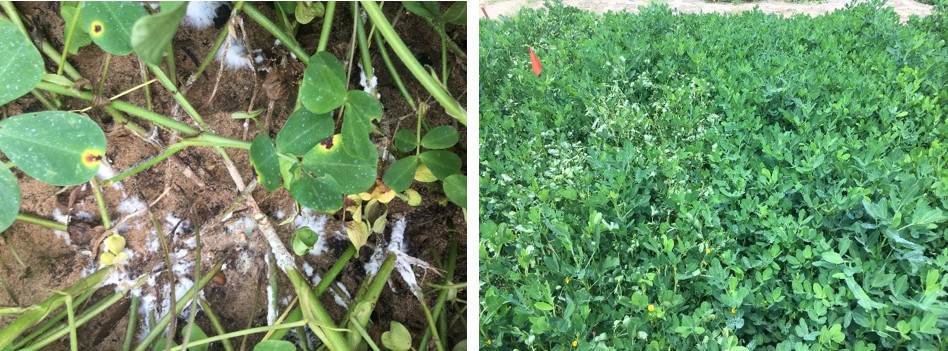
by btillman | Jul 28, 2017
The rainy June and July have been both a blessing and a curse. A blessing because the crops have not suffered for lack of water and a curse for peanut because wet fields prevented or delayed fungicide application and because it provides ideal conditions for fungal...







